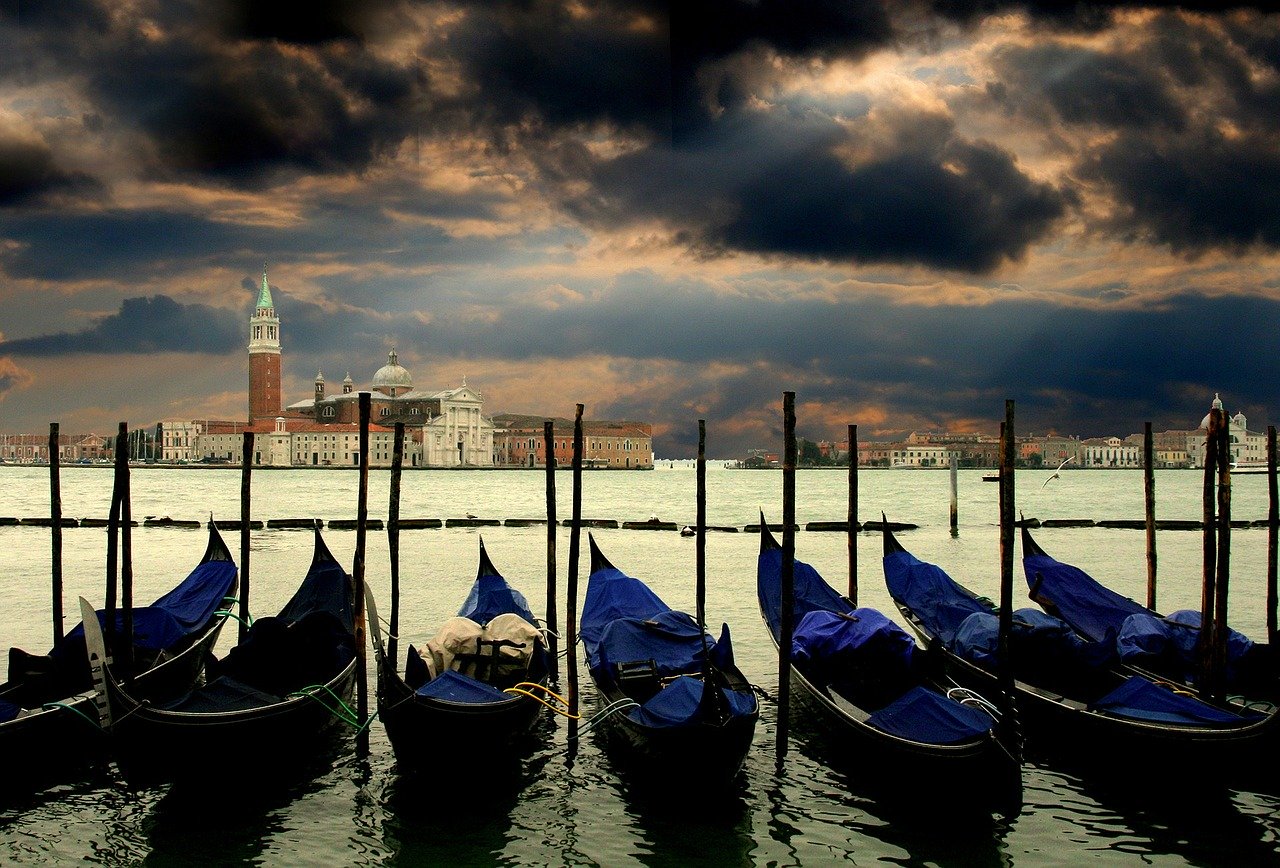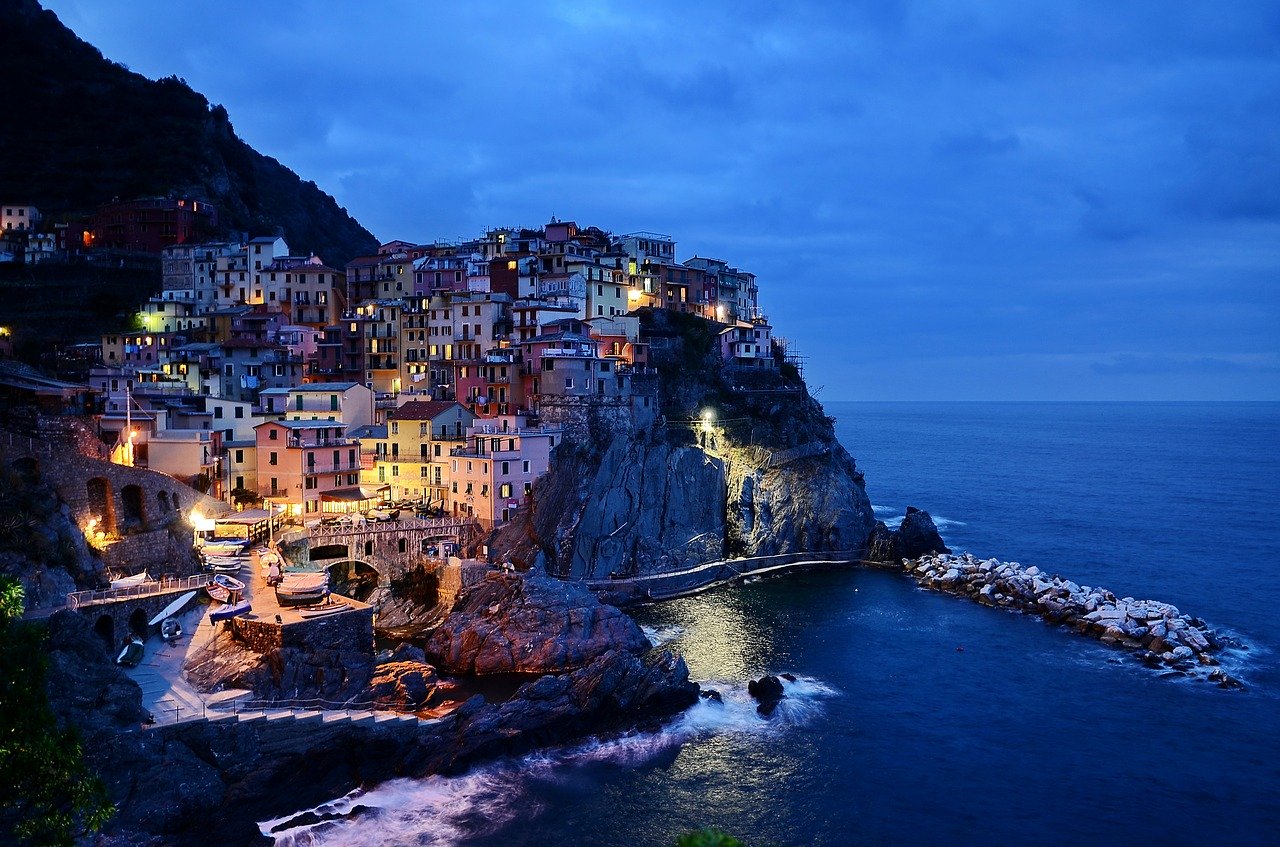
Given Italy’s harsh line, migrants move on to other routes across the Mediterranean. On the route from North Africa to Spain, the number of illegal entries in July increased by 22 percent compared to the previous month. In total, however, about 30% fewer people came to the EU via all escape routes in the first seven months of 2019 than in the same period of the previous year – around 54,300, such as the EU border agency Frontex.
Italy refuses refugee rescue vessels to enter their ports and only makes exceptions if other EU countries have previously promised to receive them. According to Frontex, the number of arrivals via the so-called central Mediterranean route to Italy and Malta dropped from 1,150 in June to about 1,100 in July. All in all, 4,900 people have come this year so far, slightly more than a quarter of the number 2018. On the western Mediterranean route to Spain there were just under 13,000.
More arrive on islandsHowever
The main escape route still lies in the east of the Mediterranean, where 28,200 people were found to be illegally entering the EU. The number fell in the first seven months in total by six percent, because fewer people came overland from Turkey to Greece. However, the Greek islands reported a quarter more arrivals than in the period from January to July 2018.
The number of illegal border crossings in the first seven months of the Western Balkans route has even doubled: 5,800 people were counted here.
The total figures since 2016, however, show the following picture: Italy recorded a total of 328,000 illegal entries, Greece registered 286,000 and Spain 125,000 (2016, 2017, 2018, 2019 – as at the end of July).



